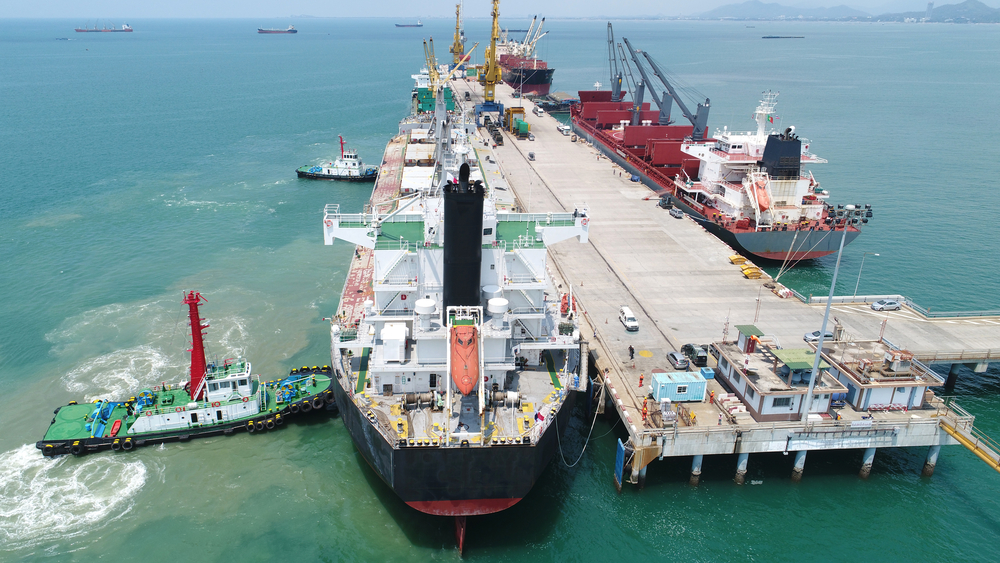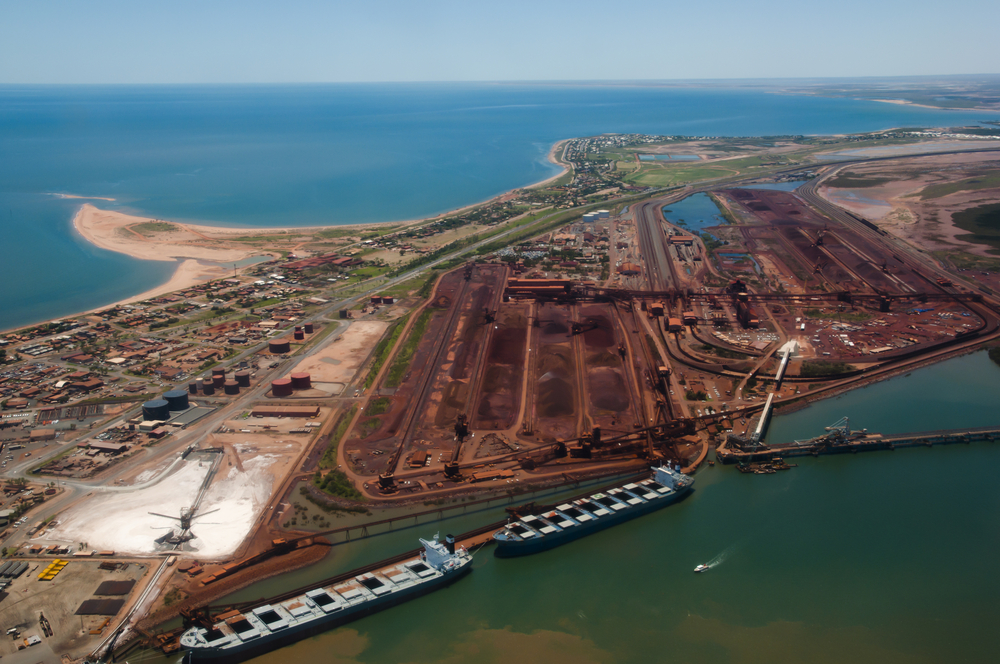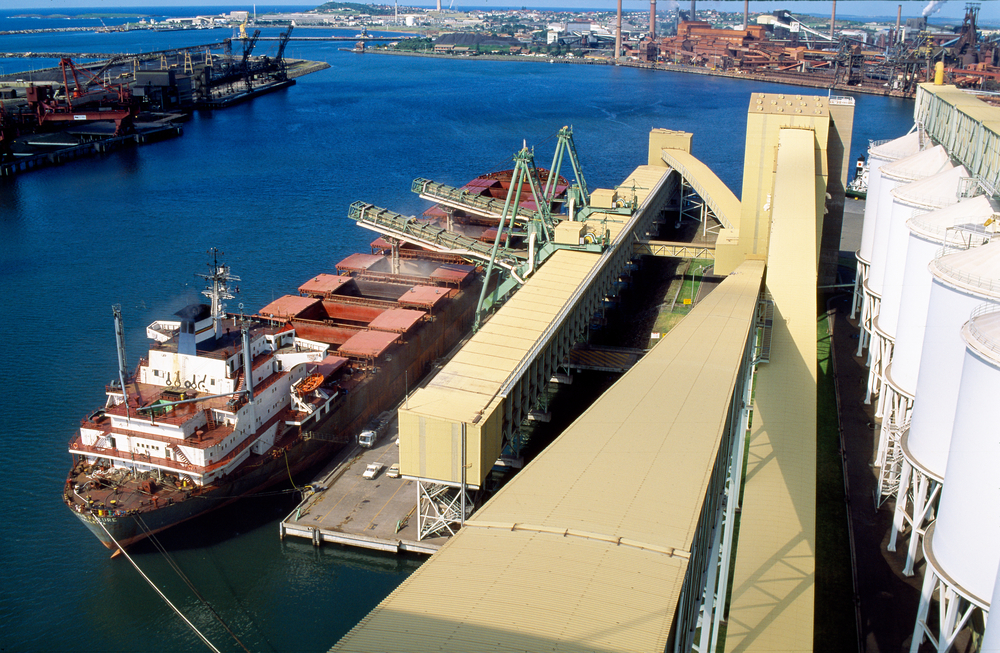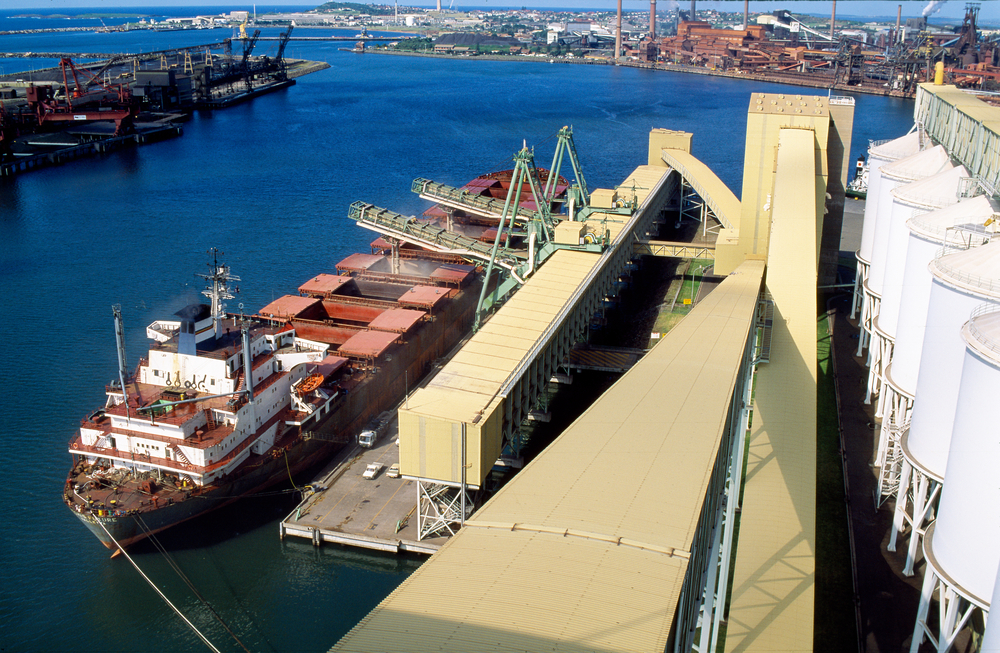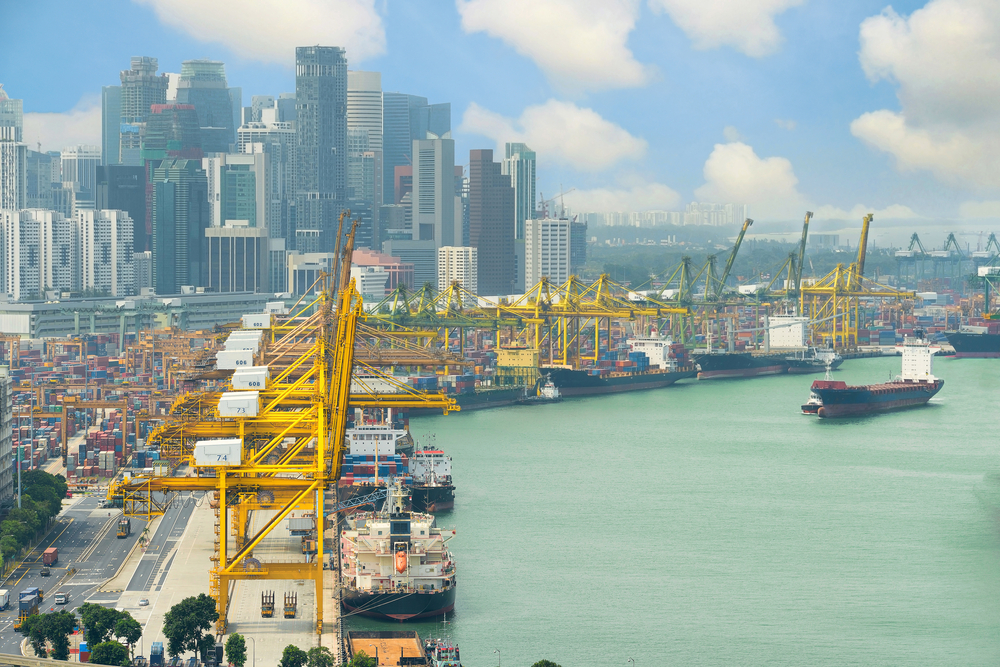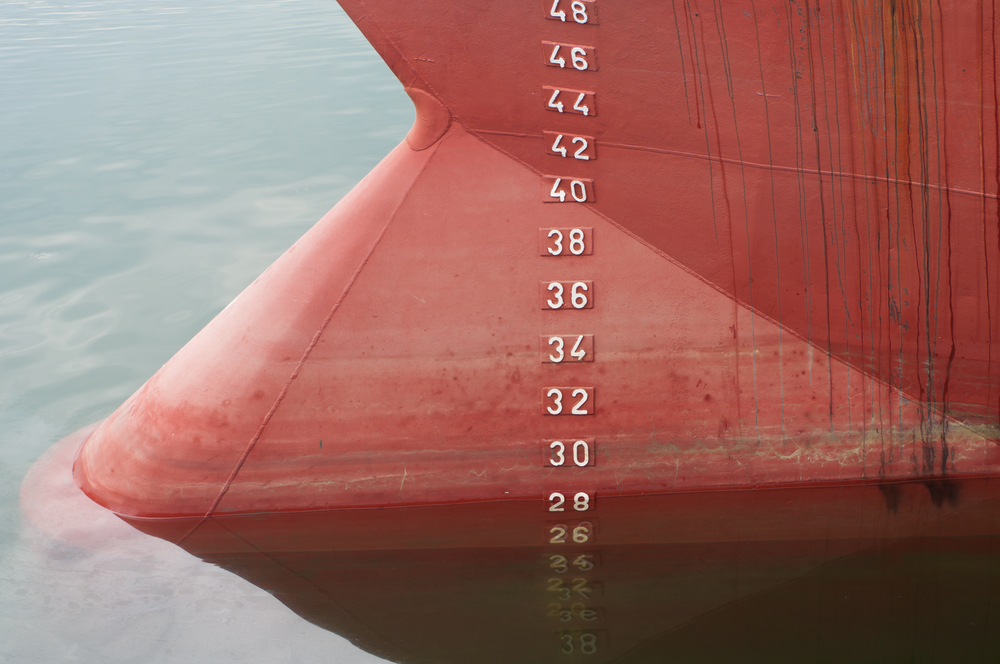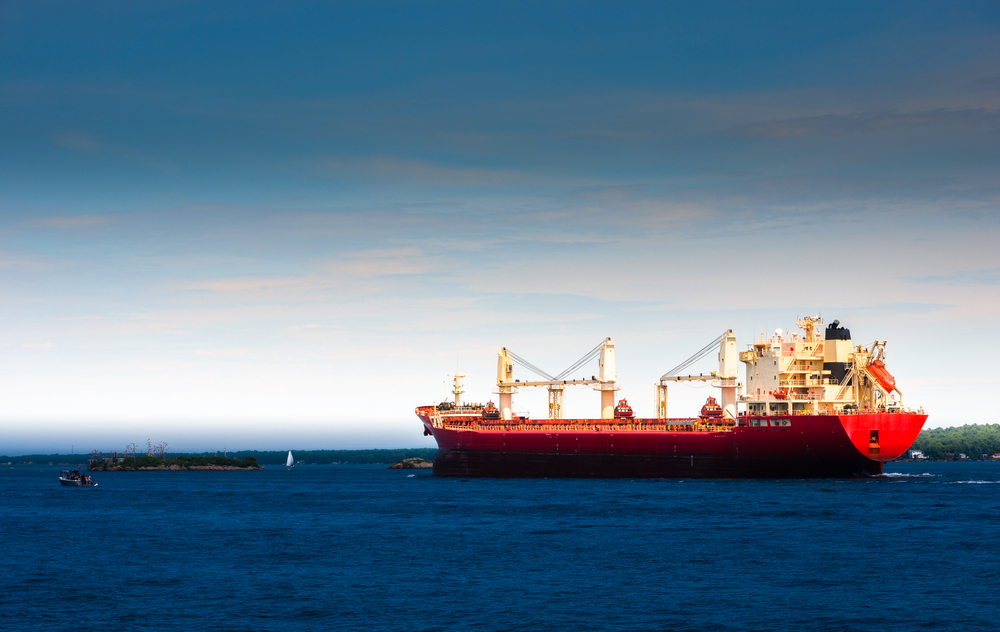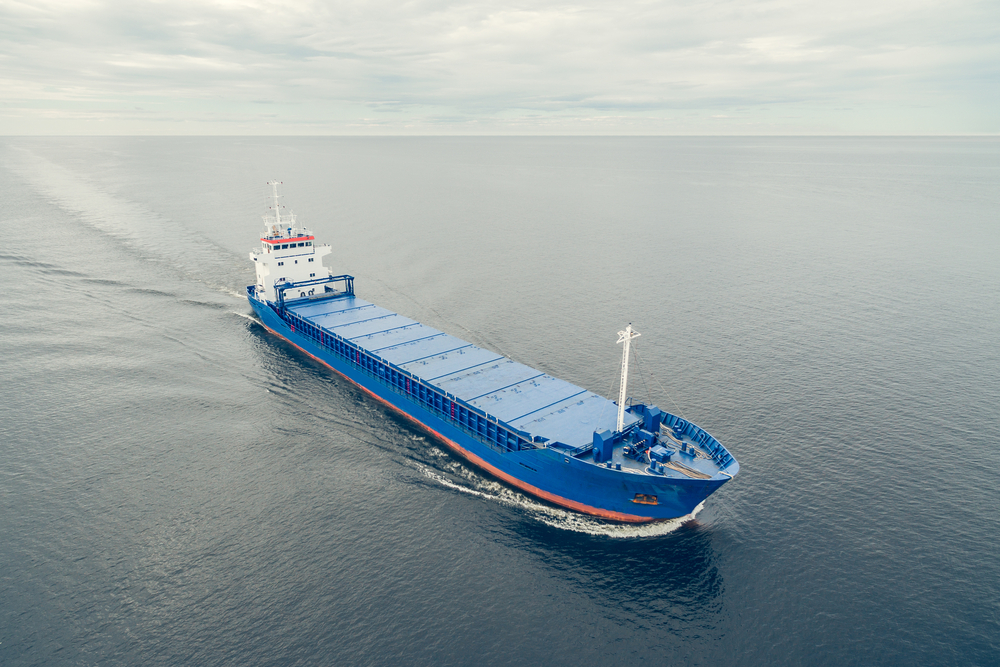This paper presents a case study on the potential operational and commercial efficiency gains available from an under-keel clearance (UKC) based scheduling approach to voyage planning via the Torres Strait. The Torres Strait shipping lane imposes operational UKC constraints on vessels that utilise the waterway when drawing drafts over 8 meters. This constraint affects not only the maximum drafts that operators can expect per vessel (and hence cargo throughput), but also makes timing an important consideration. By the nature of the tidal cycles in the region, these timing and draft constraints vary daily to seasonally in an operationally impactful manner. To fully utilise the waterway’s throughput capacity on a per-vessel basis, a schedule planning tool has been developed that can find optimised opportunities to maximise voyage profitability for vessel operators. This is achieved by modelling the voyage from origin berth to destination.
This optimisation considers; freight rates & vessel cargo tonnage, time charter rates, fuel consumption and bunker costs, and the effect of wind, wave & ocean currents on vessel steaming times. Where the origin and destinations are also UKC constrained, these are also taken into account.
This case study finds that the complexity of the timing and UKC constraint interactions provides opportunities where fuel costs, time costs and freight yields may be balanced to reveal unexpected optimal strategies. These are particularly likely during the mid-year months where the daily high-water levels tend to be lower. An analysis has been performed for just such a trade route, where the estimated savings by following optimised results are up to USD55,000 for specific voyages and an average of USD11,000, depending on the constraints modelled and the time of year.
Click here to read the full article: https://wpstaging.omcinternational.com/wp-content/uploads/2019/09/Coasts-Ports-2019-Berth-to-berth-voyage-schedule-optimisation-%E2%80%93-a-Torres-Strait-case-study.pdf
